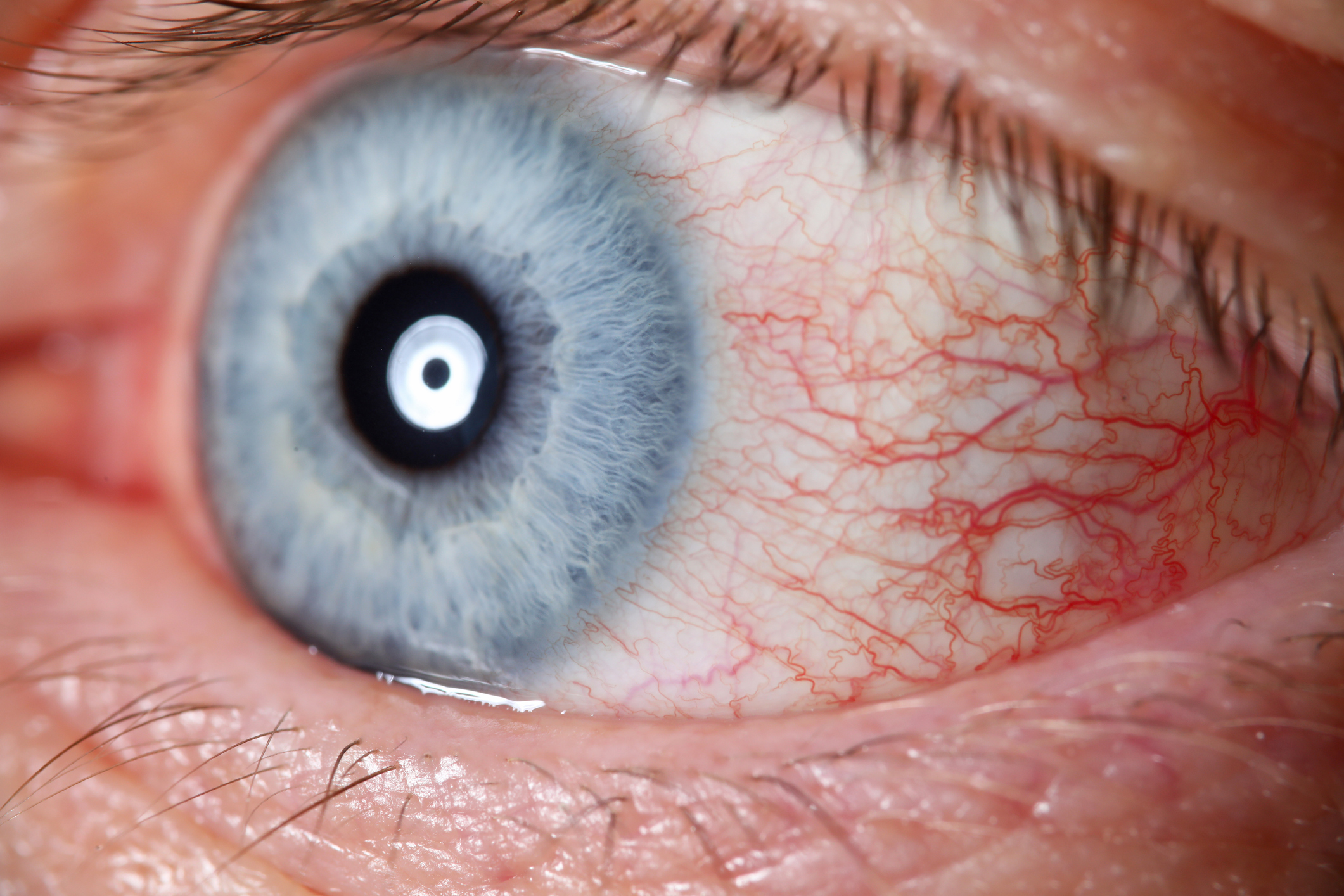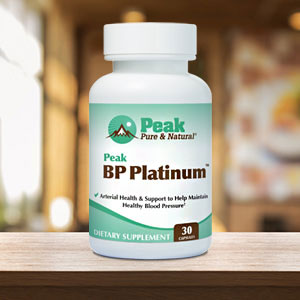Get Easy Health Digest™ in your inbox and don’t miss a thing when you subscribe today. Plus, get the free bonus report, Mother Nature’s Tips, Tricks and Remedies for Cholesterol, Blood Pressure & Blood Sugar as my way of saying welcome to the community!
What the optometrist can ‘see’ about your stroke risk

For me, scheduling an annual eye exam is as natural as making sure I have my yearly physical.
I’ve been wearing prescription glasses since I was a child to correct near-sightedness and astigmatism. As I get older, my vision has changed, and not for the better.
But most people I know don’t see an optometrist for an annual visit. A yearly physical, yes, but an annual eye exam? “Why bother?” “I can see just fine!”
Unless, or until they develop vision-related problems, usually with age, an annual eye exam just isn’t on their radar. Even then the American Academy of Ophthalmologists reports most won’t see an eye doctor.
This is a huge mistake.
Your optometrist can detect medical conditions that may otherwise go undetected until they make themselves known as serious health concerns.
Starting with the one known as “the silent killer.”
Why an annual eye exam could head off stroke
According to the World Health Organization, about 1.28 billion adults aged 30-79 years worldwide have hypertension.
What’s especially striking is that about 46 percent of those people don’t know they have hypertension.
High blood pressure has few warning signs or symptoms, which is why it’s called “the silent killer.”
If left untreated, high blood pressure can cause a cascade of other life-threatening conditions, including heart attacks and heart failure, stroke, and kidney disease.
That’s why catching this stealth killer early is so important.
Your optometrist may be able to spot signs of high blood pressure, possibly even before your doctor does.
How hypertension shows up in the eye
As part of a routine annual eye exam, your optometrist uses a specialized microscope called a slit-lamp which can detect damage in the small, sensitive blood vessels of the eye that is a hallmark of hypertension.
A retinal photograph will reveal red areas in the eye that come from hemorrhaging of these tiny blood vessels due to changes in pressure.
Our eyes are often referred to as “the window to the brain.” Their circulation is very similar to the brain’s circulation, and changes in the eye’s blood vessels can be used as an early warning sign for what’s likely to happen in the brain.
In order to determine whether someone has high blood pressure, an optometrist will look for fluid build-up in the eye, as well as inflammation and blood vessels that are dysfunctional.
They may also measure the diameter of blood vessels in the eye as a way to predict a higher risk of developing hypertension in the future.
The moral of the story
A regular eye exam doesn’t replace a regular check-up with your doctor. But the eyes truly are the windows to the brain — and other parts of the body.
So it’s smart to take advantage of that by seeing an optometrist regularly. Not only will you preserve your vision as you get older, but quite possibly you’ll head off a life-threatening condition.
Besides high blood pressure, optometrists can easily detect signs of other diseases that do damage to the eyes, especially diabetes and many autoimmune diseases.
So, next time you schedule your annual physical, go ahead and make another phone call — to your optometrist.
Editor’s note: There are perfectly safe and natural ways to decrease your risk of blood clots including the 25-cent vitamin, the nutrient that acts as a natural blood thinner and the powerful herb that helps clear plaque. To discover these and other secrets of long-lived hearts, click here for Hushed Up Natural Heart Cures and Common Misconceptions of Popular Heart Treatments!
Sources:
Getting Your Eyes Checked Could Help Prevent This ‘Silent Killer’ From Striking — Science Alert
The eye is our window to the brain – and there’s a lot we can tell from it — The Conversation
Types of Medical Conditions That Affect Eye Health — Broberg Eye Care













